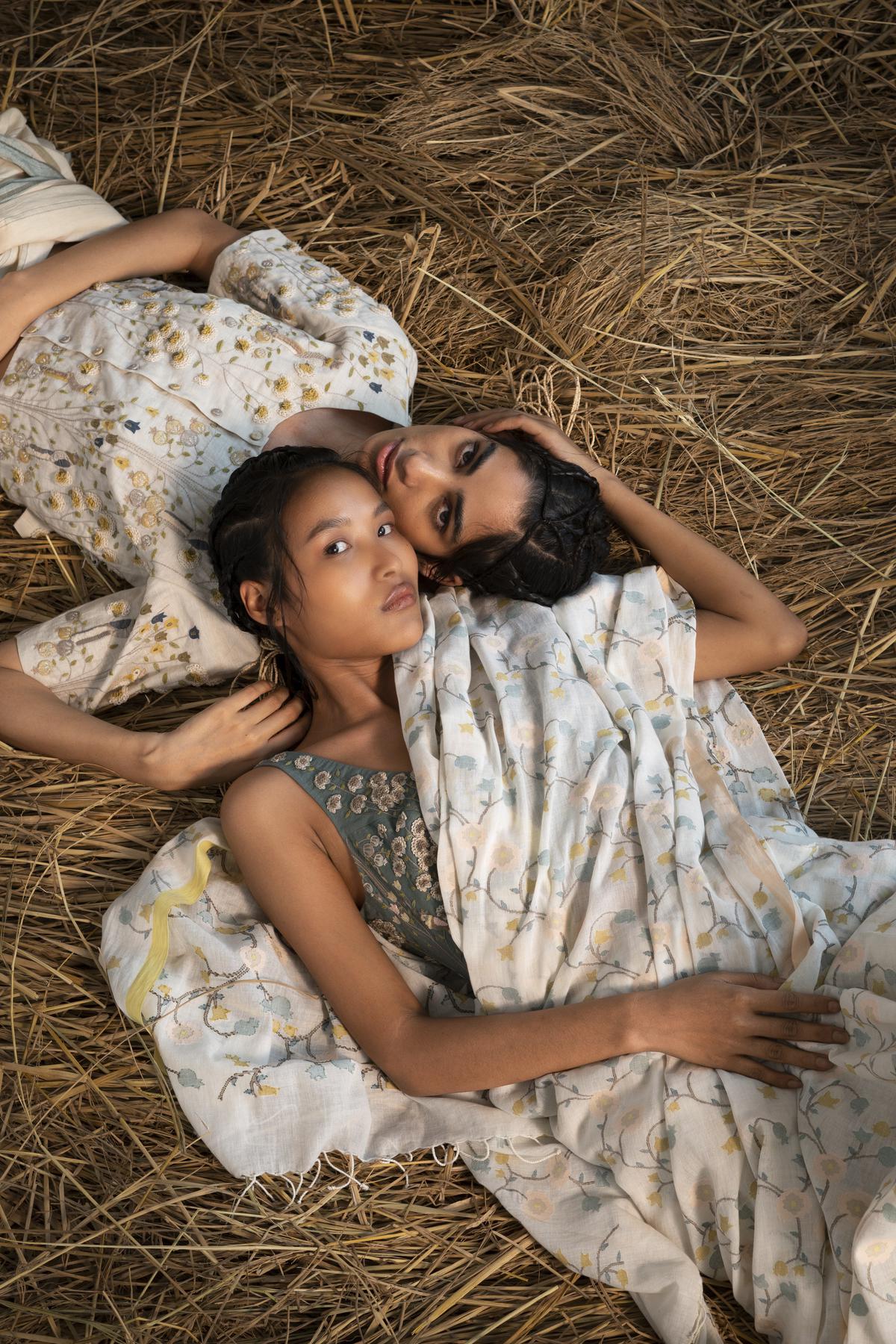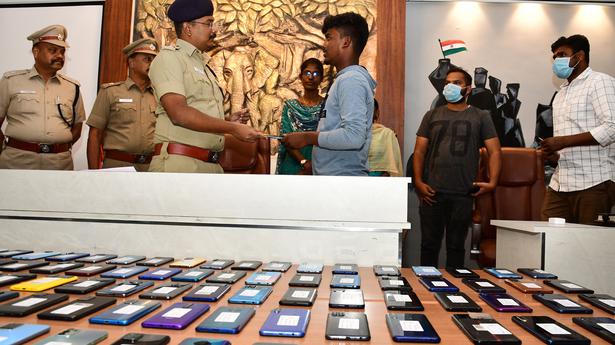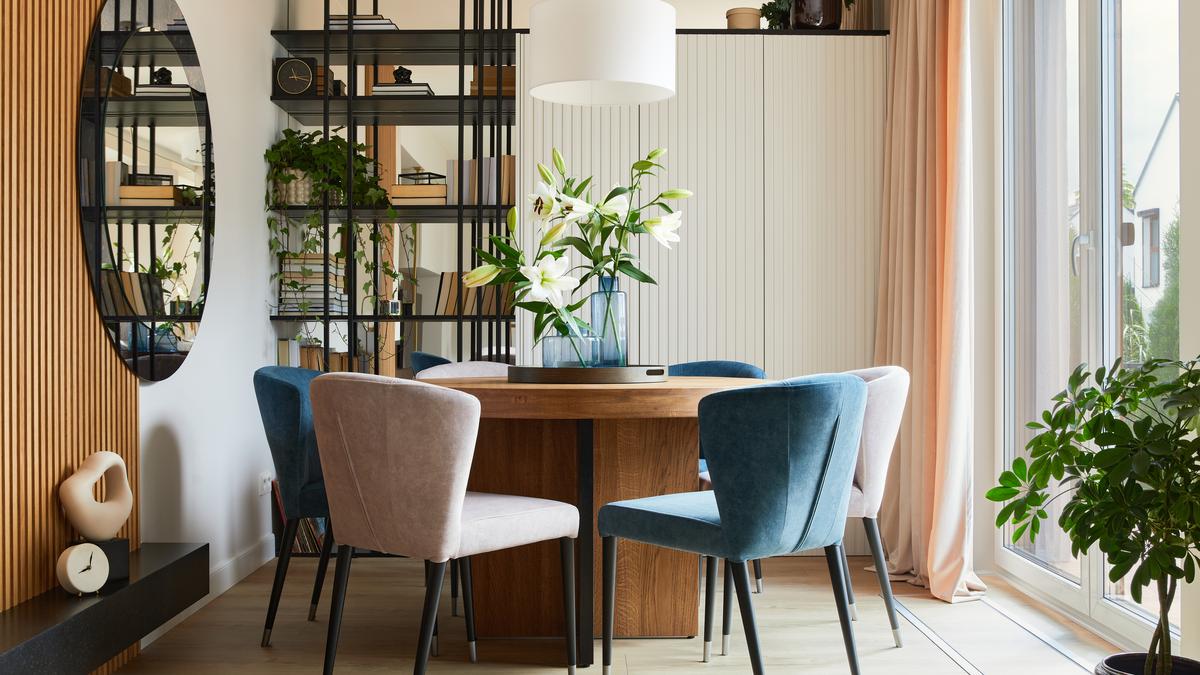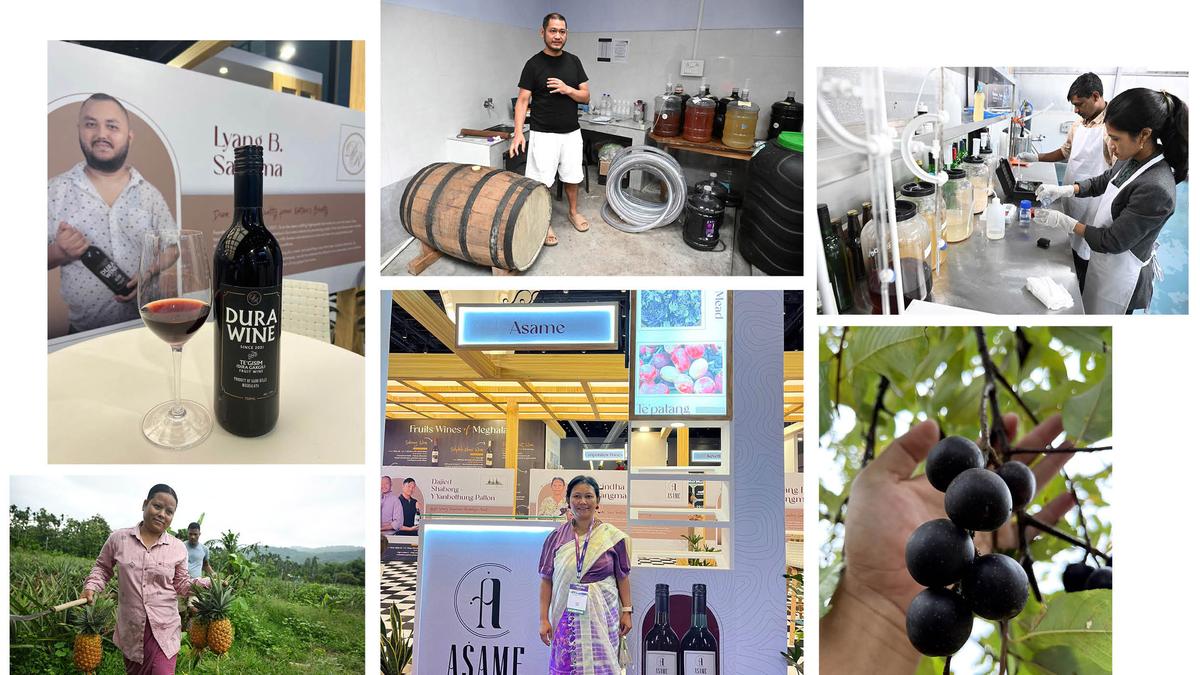Anavila Misra’s new line that features khadi on jamdani saris and separates celebrates the understated elegance of the weave
Anavila Misra’s new line that features khadi on jamdani saris and separates celebrates the understated elegance of the weave
Anavila Misra’s new line of saris and separates is called Quiet, alluding to the understated elegance of khadi. “Khadi is a way of life,” the designer reiterates, during an interview on the sidelines of launching Quiet at Good Earth, Hyderabad. (The collection is also available at Good Earth stores in Chennai and Bengaluru; she also plans to stock them at Amethyst in Chennai and Raintree in Bengaluru soon.)
Even before sustainability, slow fashion and conscious clothing became talking points in fashion, Anavila has been prioritising the ethos of sustainable clothing by working with handwoven linen with minimalistic motifs since the launch of her signature label in 2011.
She remembers the hesitancy of weavers to take to linen in the initial years: “They were game to weave stoles since those could be done on smaller looms, not the saris. They were not sure if there would be takers.”
Today she works with 200 weaver families in Phulia, West Bengal, and her airy, easy-to-drape linen saris have given her label a distinct identity.
Designer Anavila Misra
| Photo Credit: Special Arrangement
Anavila’s romance with khadi began a few years ago. She had heard her mother recall how white khadi saris with simple motifs were worn by women in Punjab, pre-independence, while cooking in the kitchen: “These saris had gone to Punjab from Bengal; our ancestors knew about climate-friendly fabrics.”
When she decided to launch a khadi line, she began interacting with weavers in Burdwan, West Bengal, in 2018-19: “They have been working with khadi for years and the yarn is available locally. The craftspeople are adept at using vegetable dyes; 80% of this collection uses vegetable dyes.”
The saris, kurtas, anti-fit tops inspired by bandis of yore are woven using fine count khadi (120 thread count and above) with motifs in jamdani. The colour palette ranges from pastel vegetable dyes to shades of indigo as well as brighter pinks and yellows targeting a younger clientele. Detailing is subtle and elegant. As Anavila puts it, “the textile is the hero, so I prefer the minimalistic approach”. The saris and garments are priced ₹9,500 upwards.
Motifs such as pomegranates and birds were chosen from the craft cluster environment, which the craftspeople were familiar with. Going forward, Anavila wants to add more motifs and experiment using khadi and linen together. Quiet has a couple of khadi-linen separates and she intends to do more.
Quiet, which was to be launched in 2020, was deferred when the pandemic set in. That gave her and the weavers time to work further on the collection. “Weavers worked during the first wave of COVID-19 since they had yarn stocks and the villages were largely not affected. In summer 2021, work paused for a few months as the pandemic reached the clusters.”

The fine count khadi saris were woven in Burdwan, West Bengal
| Photo Credit: Special Arrangement
Her on-ground interactions with the weavers before the pandemic made it easier to engage with them through smartphones during the lockdowns: “Many weavers use WhatsApp, follow me on Instagram and are aware of the prices at which the saris and garments are sold. This helps them negotiate for better wages and the younger generation is keen to continue weaving.”
Plans are on to credit spinners and weavers who brought Quiet to life. She shows videos of weavers at work, which will soon be on the label’s Instagram profile: “I want buyers to know their names and faces. The design and ideation might be mine, but it is their skill and work.”
Anavila also plans to roll out lifestyle products with khadi, beginning with table linen. She notes that there has been a growing grassroot level dialogue on khadi: “Occasionally, my weavers tell me they are attending a meeting hosted by the khadi board or charkha distribution. Fashion schools such as NIFT also send their design students to meet weavers. All this boosts their morale. There is more dynamism in the clusters and khadi is no longer a dying craft.”


%20(1).jpg)



